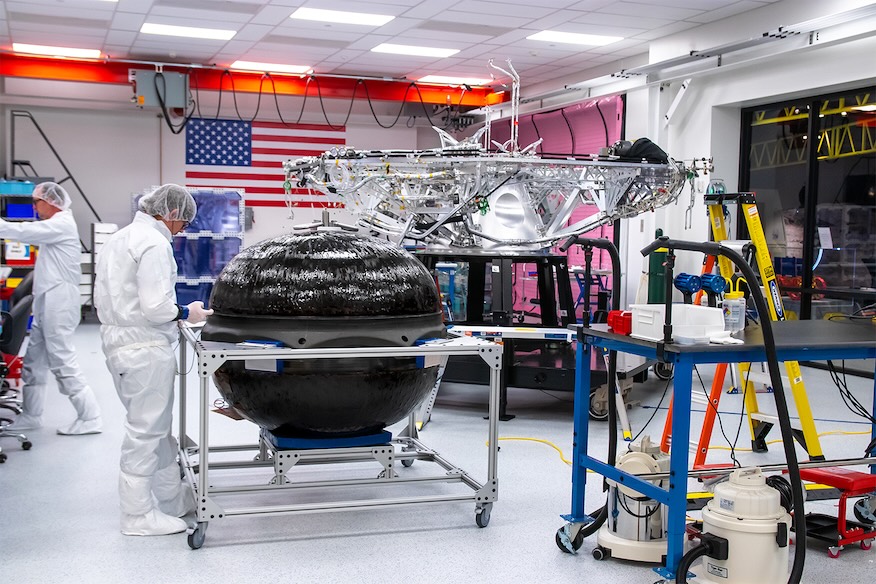
Astrobotic is now eyeing the summer of 2026 for the launch of its second mission with the goal of landing on the surface of the Moon.
On Friday, the company based in Pittsburgh, Pennsylvania, said it was targeting a launch window in July 2026 for the flight of its medium-sized class Griffin lander, notably larger compared to the Peregrine lander flown in January 2024.
Both missions are part of NASA’s Commercial Lunar Payload Services (CLPS) program, which is designed to get the agency’s science instruments and technology demonstrations to the surface of the Moon. These missions are meant to help further the understanding of the Moon as NASA and its international partners prepare for human exploration through the Artemis program.
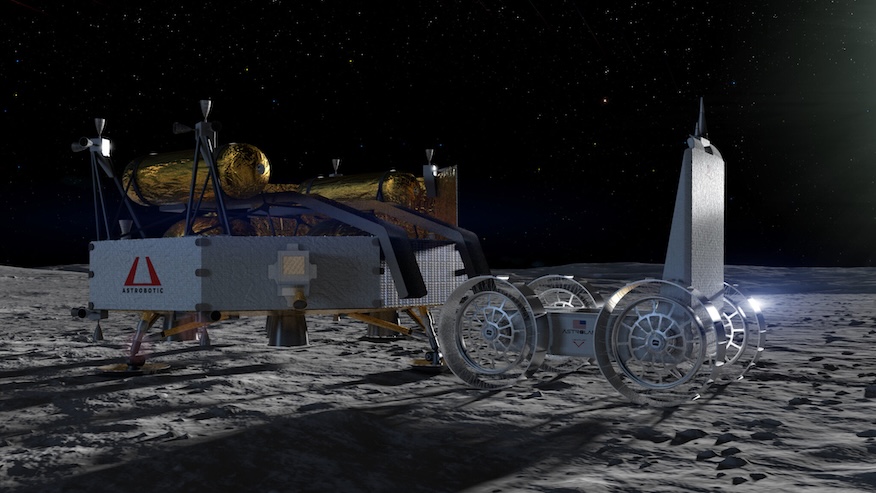
Astrobotic also laid out multiple milestones it accomplished on the road to launch, including the completion of acceptance testing for its avionics flight hardware and performing “a fully closed-loop simulation of the descent and landing sequence.”
Having completed acceptance testing on its shoebox-sized BEACON (Benchmark for Engineering and Autonomous Capabilities in Operations and Navigation) rover back in July, Astrobotic said its now using a high-fidelity replica of the rover, called Flatsat, to perform joint mission development training with partner, Canada-based Mission Control.
The mission will launch onboard a SpaceX Falcon Heavy rocket from Launch Complex 39A at NASA’s Kennedy Space Center in Florida.
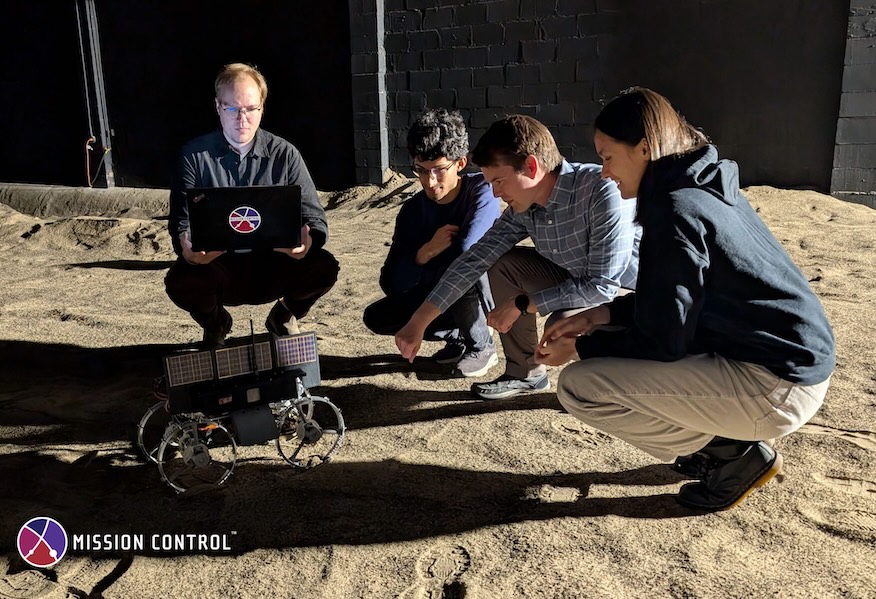
Multiple delays
The timing of the launch of Griffin-1 was partially driven by the readiness and flight of Astrobotic’s Peregrine lander, which was originally scheduled to launch in 2021 onboard United Launch Alliance’s inaugural Vulcan rocket. That launch was delayed due in large part to delays stemming from the development and readiness of Blue Origin’s BE-4 engines that power the Vulcan rocket.
The Griffin-1 mission was also designed to transport NASAS’s VIPER (Volatiles Investigating Polar Exploration Rover) mission to the lunar south pole. In June 2020, NASA awarded Astrobotic a $199.5 million contract to deliver its rover to the Moon in 2023.
In a May 2021 press release, NASA said that the contract for Astrobotic had increased in value to $226.5 million. This was due to some additional requirements on the rover that altered its mass.
All appeared to be progressing well in April 2022, which is when NASA’s Office of Inspector General (OIG) published a report stating that the spacecraft’s four science instruments were on schedule and that Astrobotic officials said development of the Griffin lander “remains on track to meet the current launch timetable” of November 2023.
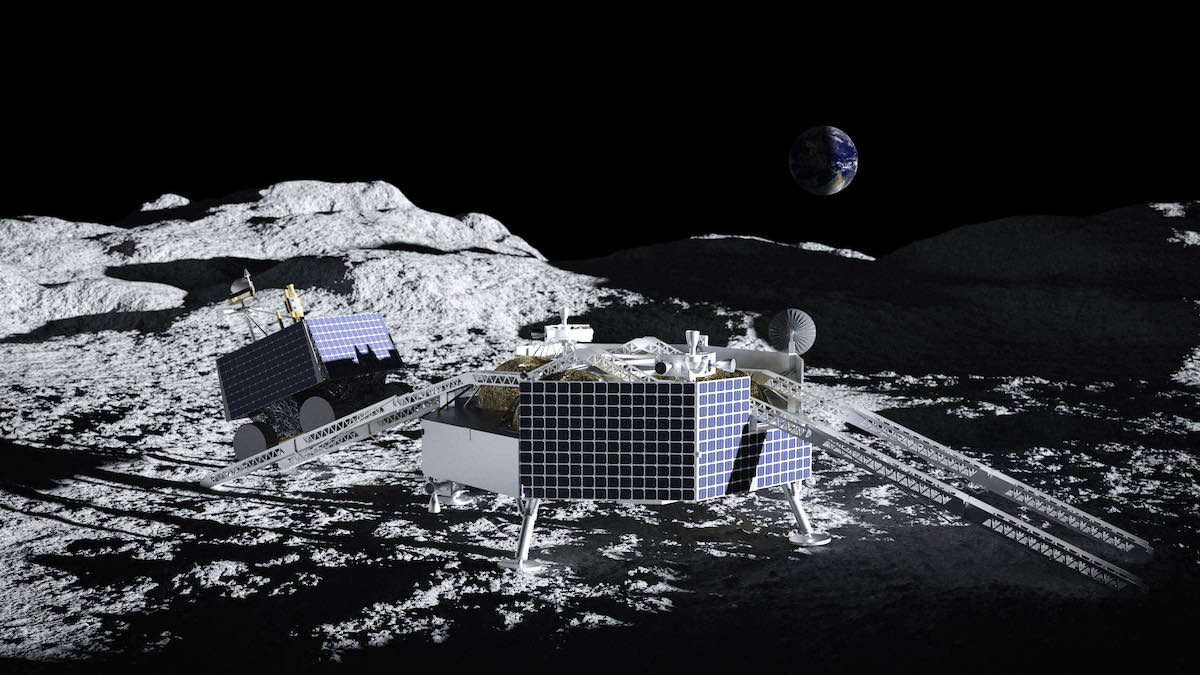
However, in July 2022, NASA announced a delay of the mission to November 2024 because of a new mandate “for additional ground testing of the company’s Griffin lunar lander.” That bumped the mission cost up again, this time to $320.4 million.
An internal review at NASA resulted in the July 2024 announcement that it was suspending further development of VIPER, stating that continuing further “would result in an increased cost that threatens cancellation or disruption to other CLPS missions.”
The agency stated that the time that Astrobotic would continue on with the Griffin-1 mission, but allowed it to pursue other payloads. The mission was determined to launch no earlier than fall 2025.
Fast forward to February 2025, Venturi Astrolab’s FLEX Lunar Innovation Platform (FLEX) rover was brought onboard as the new primary payload for the Griffin-1 mission.
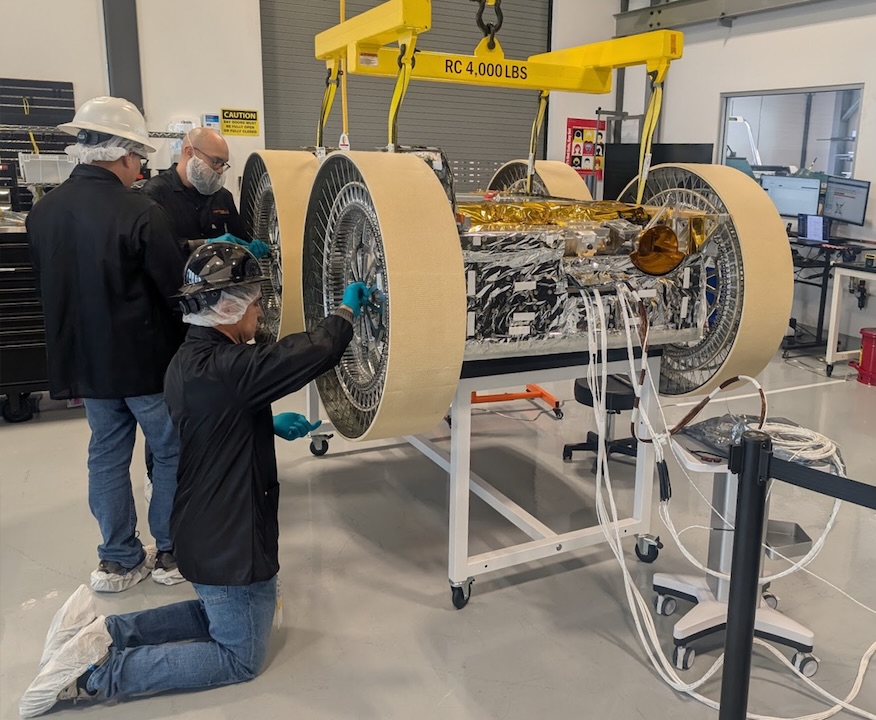
“Astrobotic received worldwide interest from dozens of organizations eager to fly aboard Griffin-1, and we conducted a rigorous selection process to identify the mission partner that aligned best with our timeline and Griffin’s capabilities,” said John Thornton, Astrobotic’s founder and CEO, in February. “Astrolab shares our vision of making lunar science, exploration, and commercial activity both accessible and transformative.”
As of Friday’s update, Astrobotic said FLIP “is undergoing developmental thermal vacuum testing, and core rover systems are integrated.” It added that in the coming months, Astrolab “will complete payload integration and vehicle-level protoqualification testing.”
Meanwhile the integration of Griffin’s core structure is nearly complete with things like attitude control thrusters, solar panels, ramps and pressurant tanks completing fit checks.
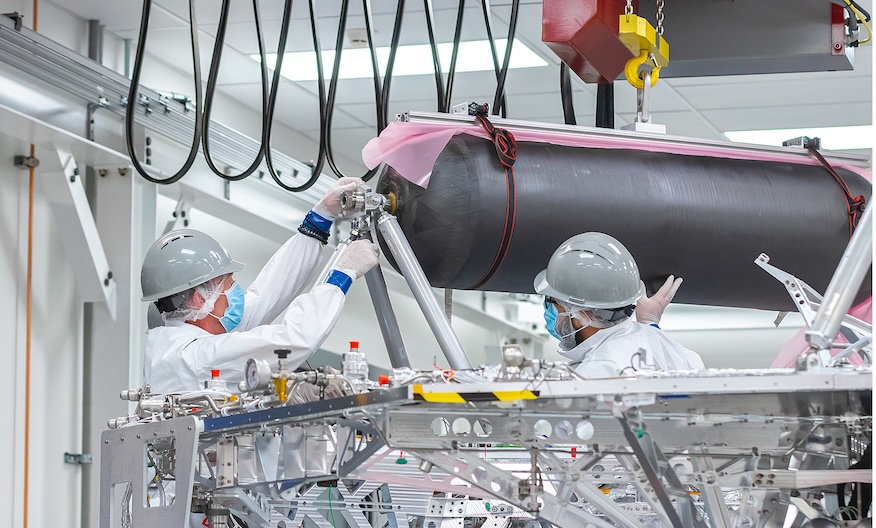

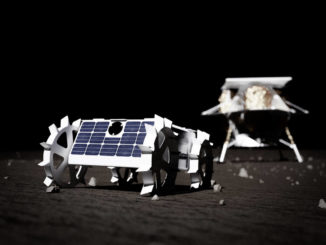
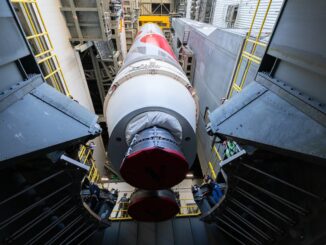

Be the first to comment